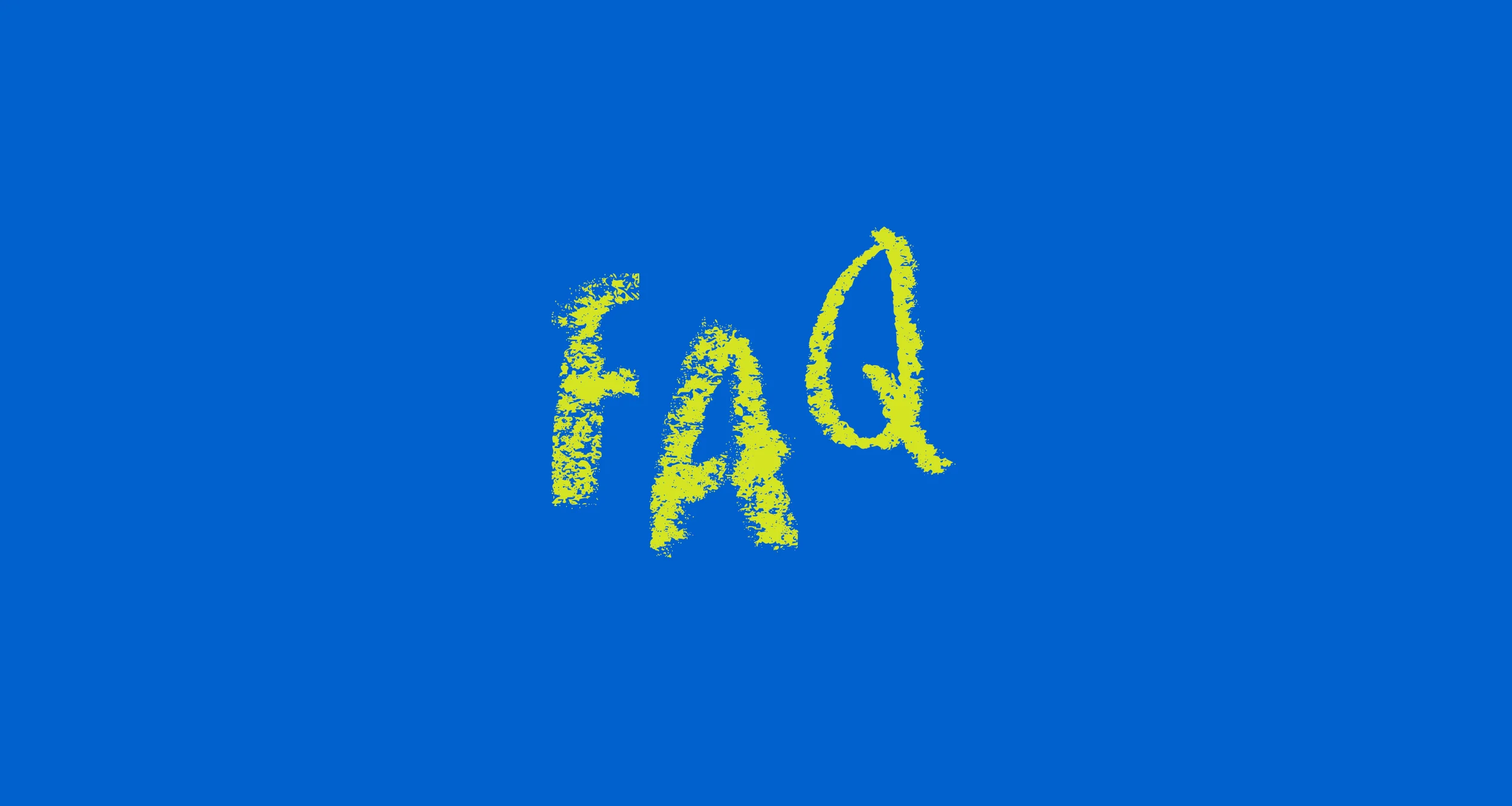Q: Did you consider Keats or his epitaph when you were writing Gus? Each worries whether or not he will be remembered, and must confront impending mortality. Is Augustus’s name writ in water?
Well, in a lot of ways, Keats was still a kid when he died. To me, he is the romantic poet of innocence (which I mean as a compliment), but the whole idea of “immortal work” is a faulty one. Keats never really recognized this; he genuinely believed that you could write something that could last “forever” and never seemed to consider the nonexistence of forever or the implications of its nonexistence.
But in the end, his loyalty to beauty, his worship of it, his seemingly sincere belief that beauty and truth were the same thing, is what makes his work so powerful to us today.
And it’s true that he would’ve been a better poet if he’d lived, but his name still would have been written in water. All names are written in water, which is what Keats never had to reconcile himself to.
Anyway, that Romantic urge to be remembered and to create immortal work certainly isn’t unique to Keats but that sort of thinking was very much on my mind when I was writing about Gus.
